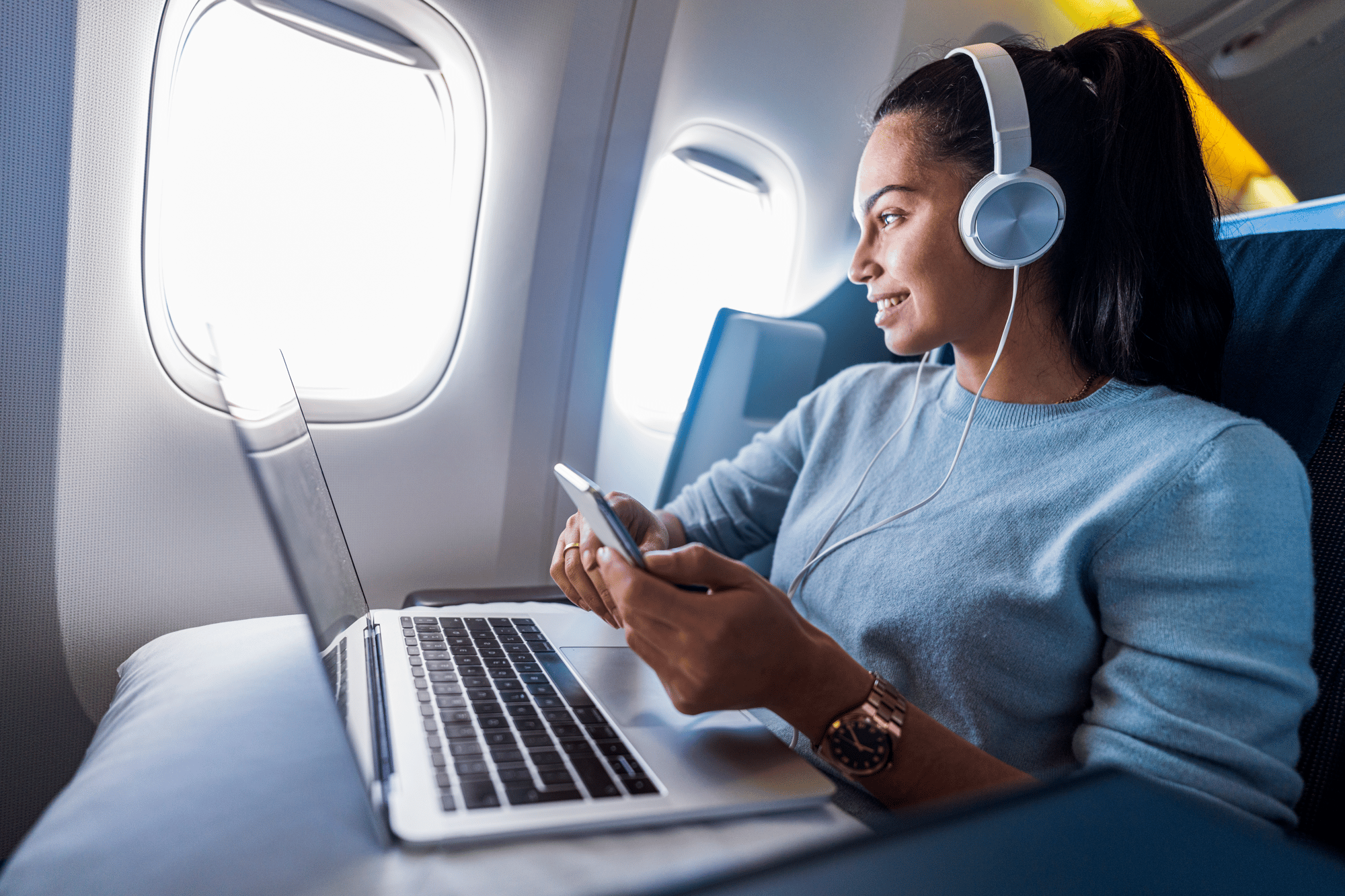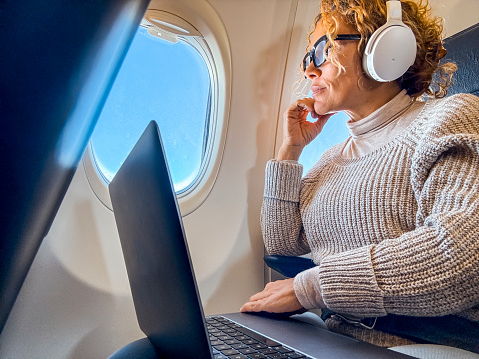
The future reimagined. In-flight entertainment redefined.
Make seamless travel experiences a reality with unparalleled entertainment and connectivity solutions.

The next generation of passenger engagement
For nearly 40 years, in-flight entertainment was defined by movies in the sky. With increases in personal devices, in-flight Wi-Fi and narrow-body aircrafts, airline execs have begun questioning the need for traditional IFEC devices. And so have we. It’s time to reinvent the very category we helped create.
Our offerings
Explore our innovative offerings categorized by our four principle building blocks: in-flight systems, in-flight connectivity, digital solutions, and technical services.
-

In-flight Systems
Astrova, the next-generation of In-flight Engagement system. -

In-flight Connectvity
Unparalleled multi-orbit network coverage. -

Digital Solutions
Transforming every phase of the passenger journey. -

Technical Services
Service and support from Panasonic Technical Services.
MAYA
A combination of cutting-edge technologies, unparalleled comfort, entertainment, and engagement, all within the confines of your premium cabin suite.
See what’s new
Dive deeper into featured resources and see what our customers are saying about working with us.
-
 Blog Post
Blog PostHow We Make Moving Maps
See how we’re bringing 3D interactivity to the cabin with a moving map that wows. -
 Blog Post
Blog PostConnectivity 101: How The Internet Works
Let’s explore what it is at the internet’s core, the factors that affect performance, and what all this means for airlines.
I’m writing this from the passenger seat of one of our Dreamliners, and watching a movie on the screen in front of me while ordering a snack. Thank you for providing a good product to enhance our passengers’ experience.”Daniel Horak
Pilot at Norwegian Air Shuttle